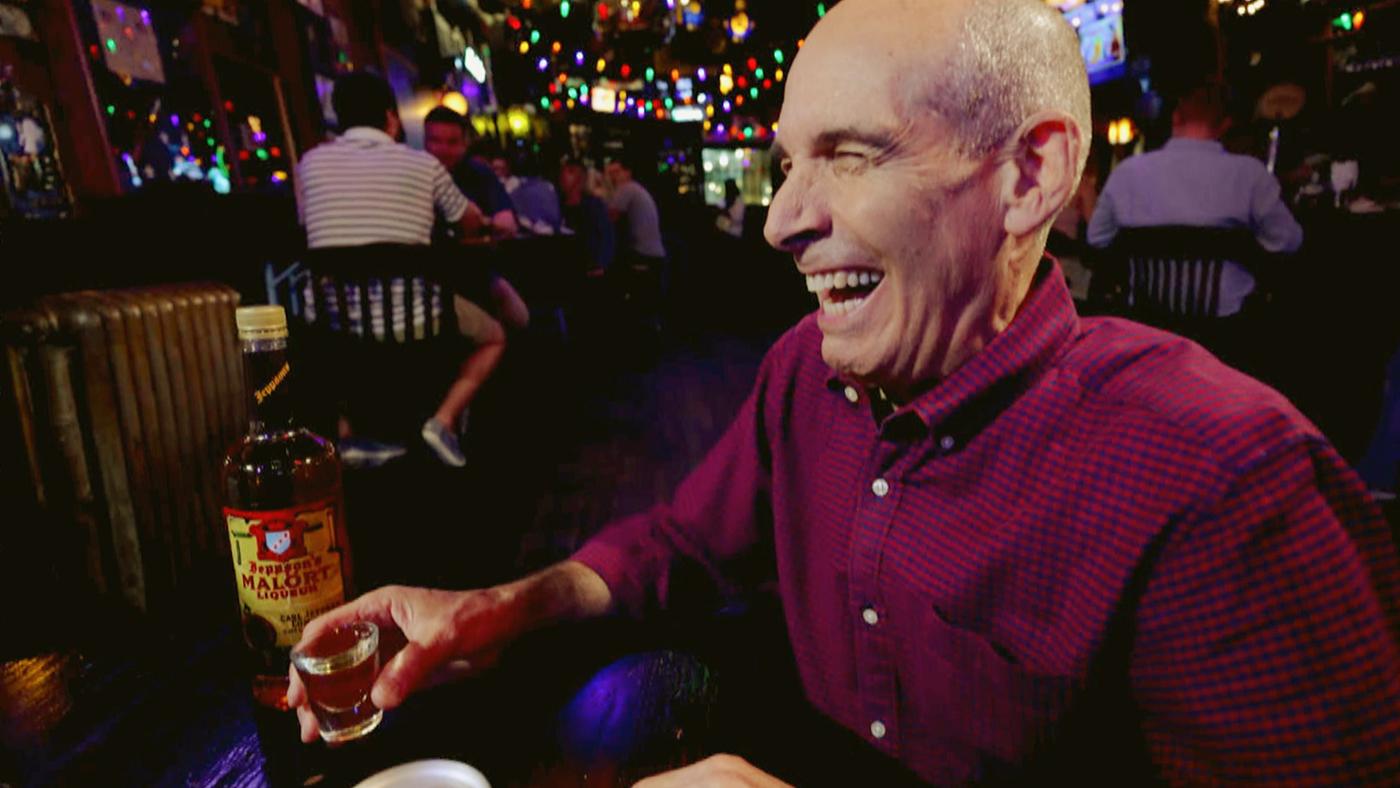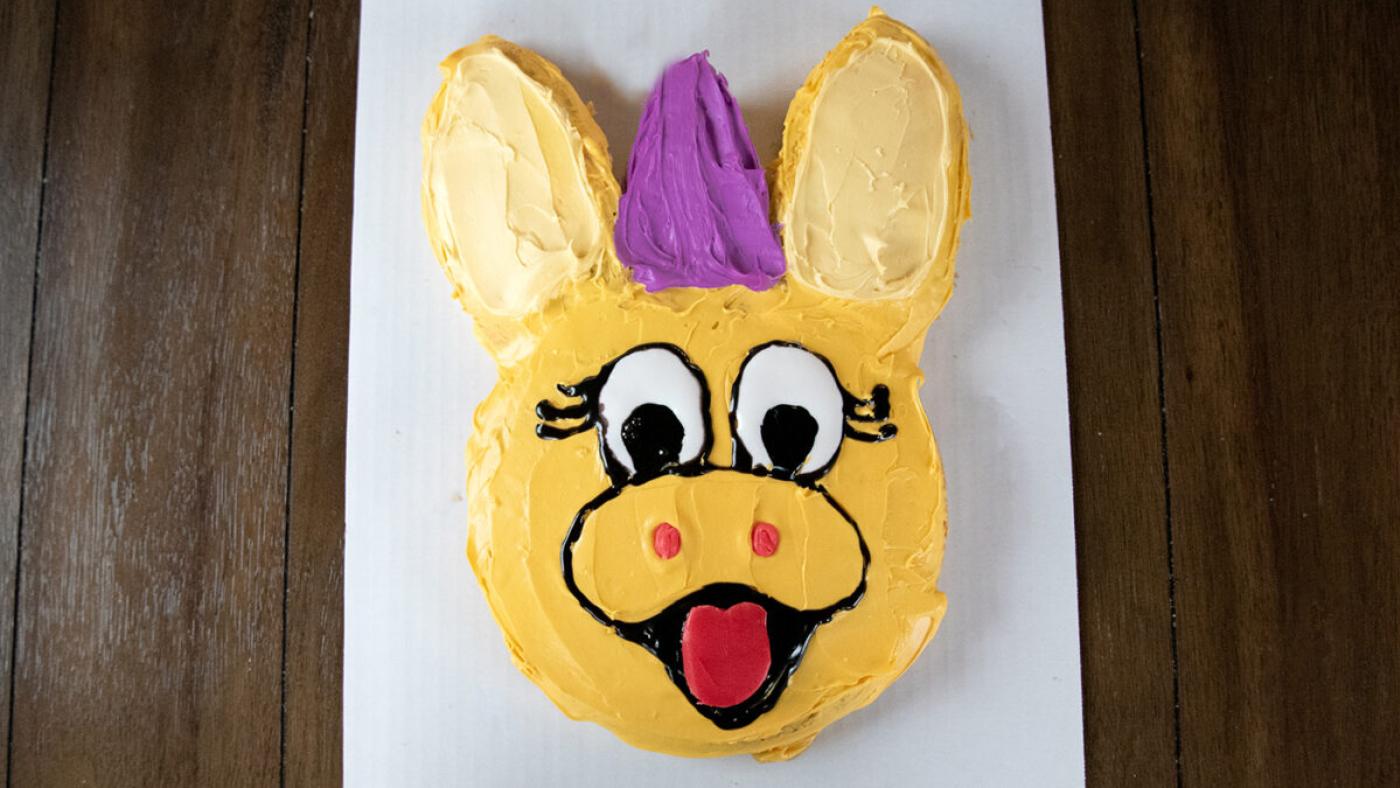Julia Child Is the Star of a New Fine Dining Menu from Grant Achatz’s Next
Daniel Hautzinger
January 16, 2024

Get more recipes, food news, and stories by signing up for our Deep Dish newsletter.
“Cooking is not a particularly difficult art, and the more you cook and learn about cooking, the more sense it makes,” wrote Simone Beck, Louisette Bertholle, and Julia Child in the introduction to the first volume of Mastering the Art of French Cooking. They certainly weren’t thinking of the edible balloons or “chicken noodle” soup where the noodles are made of chicken mousse – mind-blowing dishes that have been served at Grant Achatz’s Alinea and Next restaurants in Chicago.
Now Achatz and his talented team at Next have turned their attention to Julia Child, and they’re sure to make the execution of her recipes look effortless even as they modernize and elevate them with their “own Next twist,” as executive chef Alan Mileykovsky says, in a new menu running through April 28 that honors the influential author and TV chef.
Next has been offering menus from all across the culinary map, history, and even psyche since 2011. Every few months it is transformed into essentially a new restaurant: a vegan tasting menu spot, the legendary El Bulli, a modern Chinese venue, a place inspired by childhood or Chicago’s 1893 World’s Fair. While French cuisine is nothing new for Next – its very first menu focused on the extravagant turn-of-the-nineteenth-century cuisine of Auguste Escoffier – the Child menu is the first to spotlight someone never involved in a restaurant, a woman arguably more important to home cooks than professional chefs.
But Achatz argues that people like Child and other TV chefs such as Bobby Flay – the subject of Next’s second menu this year – laid the groundwork for the success of restaurants like his own. “A lot of restaurant industry professionals sort of disregard the importance of chefs on TV,” he says. “I think that’s really shortsighted.”
This year of Next menus – the third will be a tribute to the late Chicago chef (and early Achatz boss) Charlie Trotter, who also had a show on PBS – is “about highlighting those people that really helped move gastronomy forward in this country, raised awareness, [and] got people excited about creativity, food, ingredients, locality, and cooking techniques that they were unfamiliar with,” Achatz says. “It changed the way food is in this country.”
Trotter spotlighted seasonality and local ingredients, while Flay has engaged and inspired countless people, including Mileykovsky, through his TV shows. He was also an early proponent of American flavors, using dried chiles and other lesser-known ingredients at his southwestern Mesa Grill in the 1990s. Achatz’s first meal at a “big-deal restaurant” was at Mesa Grill in 1993, when he made his first trip to Manhattan in order to eat there while in school at the Culinary Institute of America in the Hudson Valley. “It was life-changing,” he says.
Watch clips of a 1978 archival interview with Julia Child on WTTW's Callaway Interviews.
At the time, “all there was was French” in terms of fine dining restaurants, according to Achatz. Even today, “very traditional, classic French gastronomy is the foundation for everything that we do at the Alinea group, and primarily all of our culinary education backgrounds,” he says.
But when the first volume of Mastering the Art of French Cooking was published in 1961, the traditional French cuisine it contained was little-known in America – especially to home cooks. “Anyone can cook in the French manner anywhere, with the right instruction,” the cookbook exhorted as it introduced Americans to souffles, coq au vin, and bouillabaisse. “[H]appily [French cuisine] is available to everybody.”
Next’s Julia Child menu features dishes drawn from that cookbook and the PBS shows that its fame brought her. (WTTW Passport members can stream some classic episodes of The French Chef and Cooking with Master Chefs via the PBS app.) There’s the famous boeuf bourguignon and duck a l’Orange, as well as recipes that have been mostly forgotten today, like the layered salade mimosa or stuffed poulet d’albufera.
“She was able to help shape the importance of cooking from scratch and gathering around a table and sharing a meal – and that goes beyond food,” Achatz says. “That is a whole permeation of a generational cultural movement where people were trying to create family and bonds and closeness.”
Her warm approachability, easy-going personality, and “infectious passion,” in Mileykovsky’s words, are part of what made her so attractive to home cooks, especially on TV.
“She highlighted the happiness of cooking,” Achatz says. “She was a little bit clumsy. She dropped stuff, she made mistakes, and by acknowledging them on TV, it really dispelled a lot of the anxiety and nervousness, I think, of people watching at home, thinking in their heads, ‘There’s no way I can do this.’”
Next is aiming to share some of Child’s personality and life via clips of her TV shows, a recreation of her pegboard wall of pots and pans, historically appropriate serving pieces and practices, and anecdotes served alongside the courses. “Next is literally a restaurant of storytelling,” Achatz says. The front-of-house staff, led by general manager Alexander Gonzalez, dives into every menu’s theme, researching, learning, and memorizing so that they can contribute to the storytelling on the plate.
It’s no less a form of storytelling than the Max series Julia, allowing guests an immersive entrypoint into Child’s life. At its root, the Next menu has the same goal as anything related to Child: to get people excited about food and cooking.
“I really hope that it reinvigorates the desire of people to go to the grocery store and buy some short ribs and braise it in red wine and make a boeuf bourguignon,” Achatz says. “That would be amazing.”







